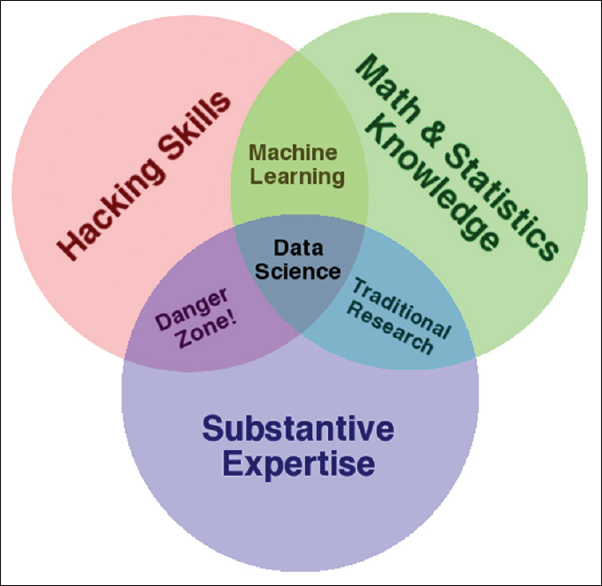- Department of Neurosurgery, Maastricht University Medical Center, The Netherlands
- Department of Medical Information Technology, Maastricht University Medical Center, The Netherlands
Correspondence Address:
Pieter L. Kubben
Department of Neurosurgery, Maastricht University Medical Center, The Netherlands
Department of Medical Information Technology, Maastricht University Medical Center, The Netherlands
DOI:10.4103/sni.sni_126_17
Copyright: © 2017 Surgical Neurology International This is an open access article distributed under the terms of the Creative Commons Attribution-NonCommercial-ShareAlike 3.0 License, which allows others to remix, tweak, and build upon the work non-commercially, as long as the author is credited and the new creations are licensed under the identical terms.How to cite this article: Kubben PL. Introducing “computational neurosurgery”. Surg Neurol Int 01-Aug-2017;8:170
How to cite this URL: Kubben PL. Introducing “computational neurosurgery”. Surg Neurol Int 01-Aug-2017;8:170. Available from: http://surgicalneurologyint.com/surgicalint-articles/introducing-computational-neurosurgery/
Information technology (IT) is an important part of modern society, and hence, of neurosurgery. Our profession has always been a technical one, whether this meant a stereotactic apparatus, the operating microscope, spinal instrumentation, or recent advances in image-guided surgery. Modern neurosurgery embraces IT, and recent advances in this field can be applied for the benefit of our patients. As some examples, one can think of adaptive (or “closed loop”) deep brain stimulation; capturing brain signals to control a robotic arm; or using a telemonitoring solution to acquire kinematic sensor data to prepare for or recover from spine surgery. For this to happen, it is mandatory that neurosurgeons and neuroscientists are aware of such recent advances and have a place to report and reflect on them.
The field of “computational neuroscience” has established itself as “the study of brain function in terms of the information processing properties of the structures that make up the nervous system.” It is an interdisciplinary science that links the diverse fields of neuroscience, cognitive science, and psychology with electrical engineering, computer science, mathematics, and physics.[
This supplement on “Computational Neurosurgery” is intended to bridge that gap. Surgical Neurology International publishes the latest developments in the field of neurosurgery and related clinical and basic neurosciences and discusses timely and controversial clinical, social, ethical, and political subjects related to the neurosciences for its readers worldwide. As a new supplement, SNI: Computational is dedicated to extend this philosophy to all IT related developments that are relevant for neurosurgeons and neuroscientists. This includes neurosurgical IT that is applied in the operating room (e.g., image-guided surgery, robotics, and augmented reality), e-learning (which includes simulation and virtual reality), and clinical data science in a broad context. In a broader context, “eHealth” – and its mobile companion “mHealth” – focuses directly on the patient and include topics such as telemonitoring, e-consulting, and self-care support. Besides the relevance of clinical data science in this context, a user-tailored approach is essential for a successful implementation of such solutions.
For those not familiar with the term, (clinical) data science refers to a mix of methodological knowledge, IT skills, and content expertise [
SNI: Computational is intended to cover all these topics as well as any topic that fits into this outline. The journal formatting adheres to the other SNI papers for consistency reasons. Programming code is welcomed as a supplement, which can be plain code files, interactive notebooks (such as the Jupyter project),[
From now on we are accepting article submissions for SNI: Computational. Moreover, later this year we will start a series on the “fundamentals of clinical data science” targeting healthcare professionals. For any comments or suggestions, feel free to contact me at
References
1. Conway DLast accessed on 2017 Mar 30. Available: http://drewconway.com/zia/2013/3/26/the-data-science-venn-diagram .
2. Last accessed on 2017 Mar 30. Available: https://hbr.org/2012/10/data-scientistthe-sexiest-job-of-the-21st-century .
3. Last accessed on 2017 Mar 29. Available: http://www.jupyter.org .
4. Last accessed on 2017 Mar 27. Available: http://www.cnsorg.org/computational.neuroscience .






